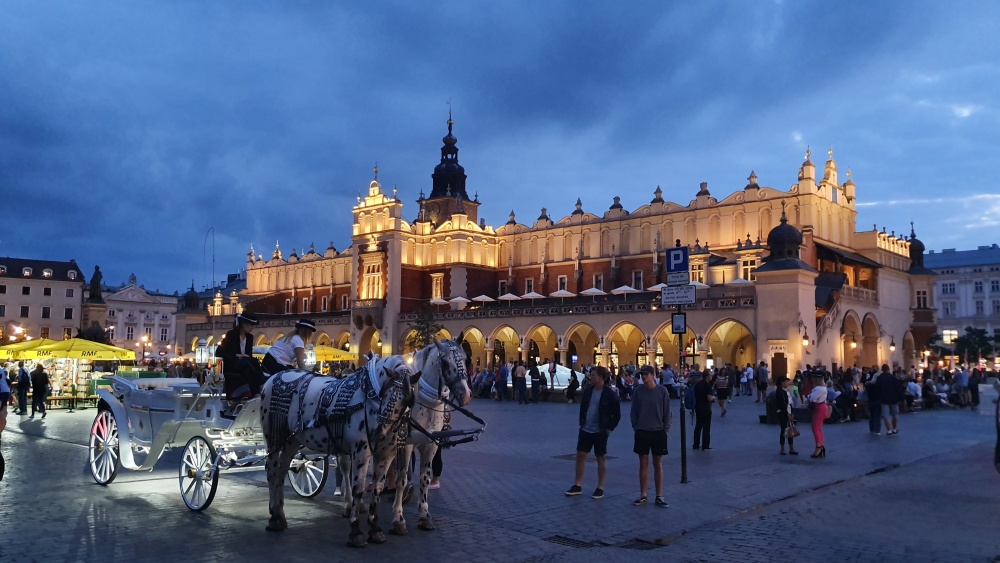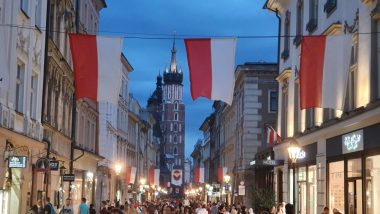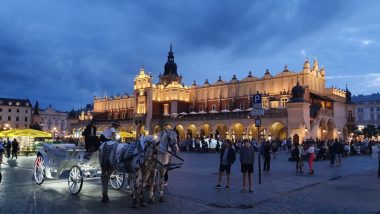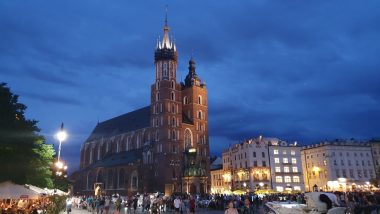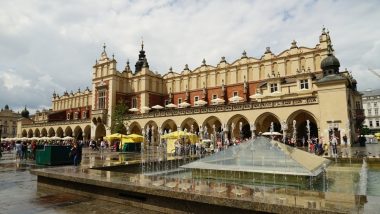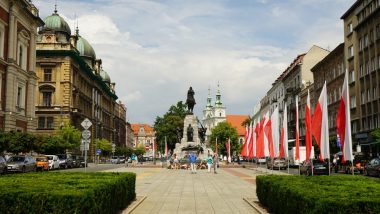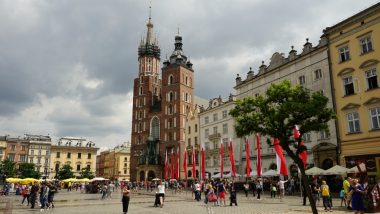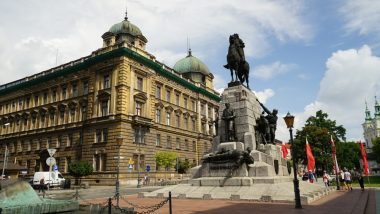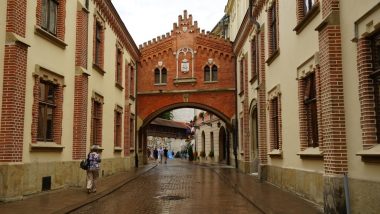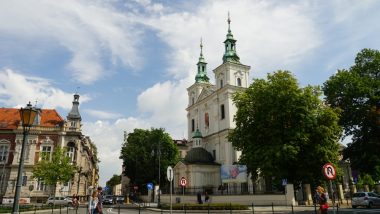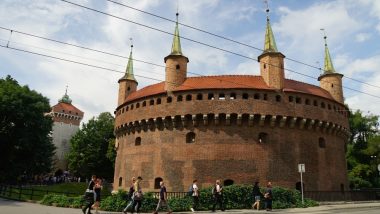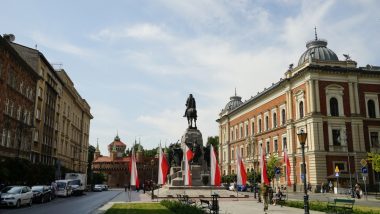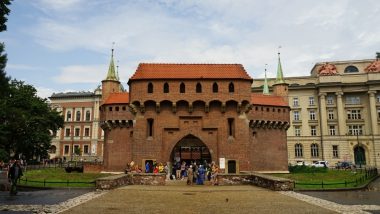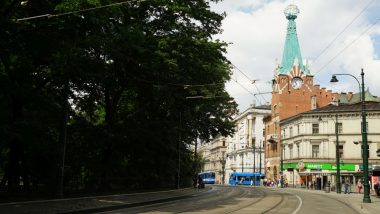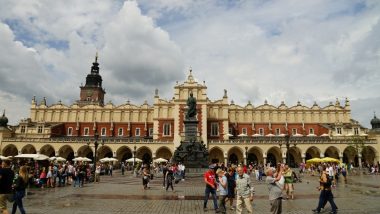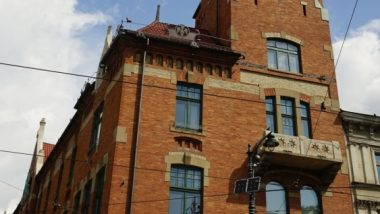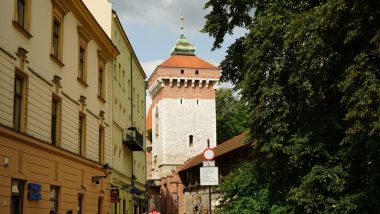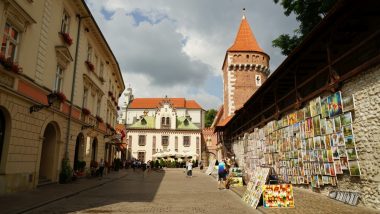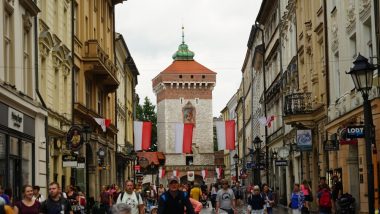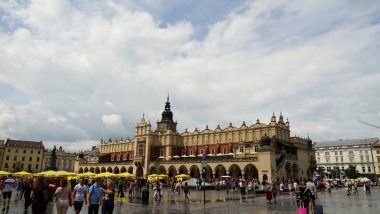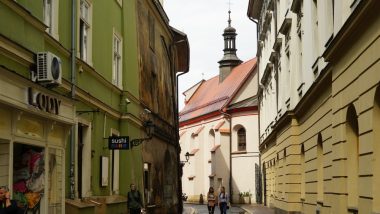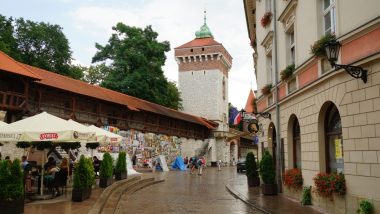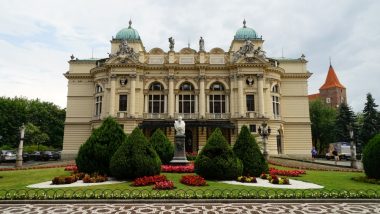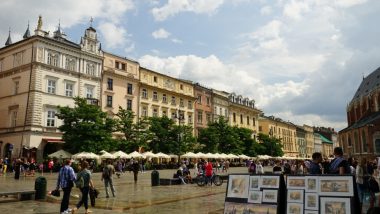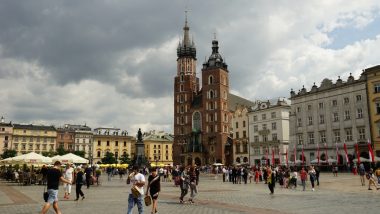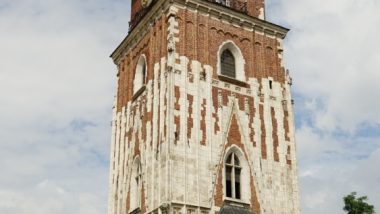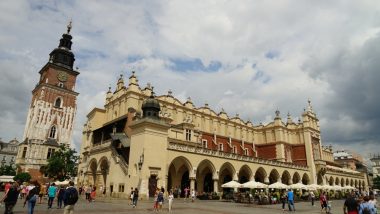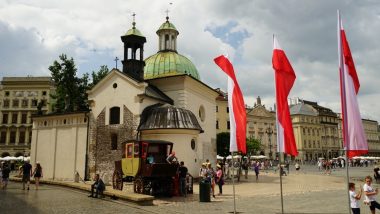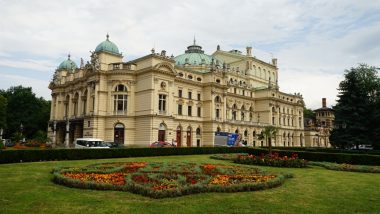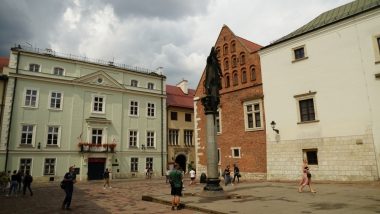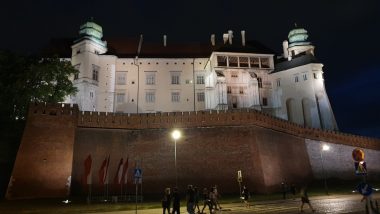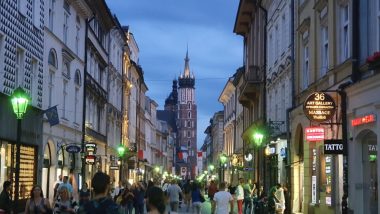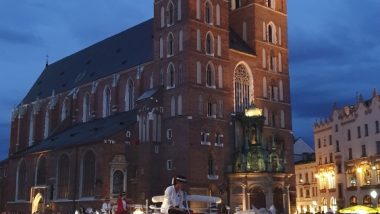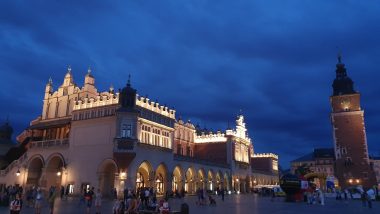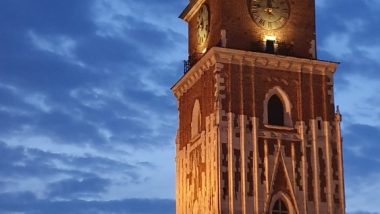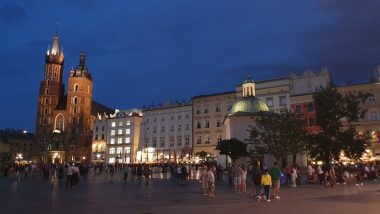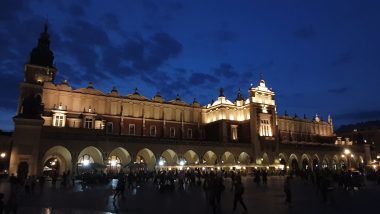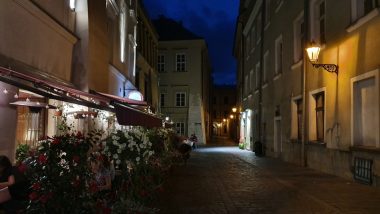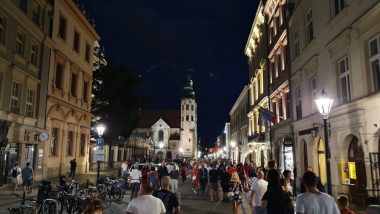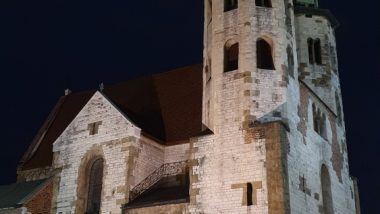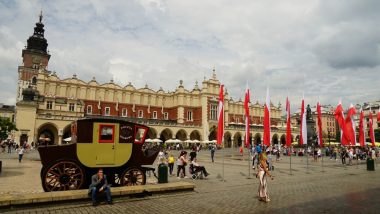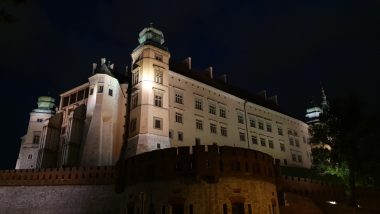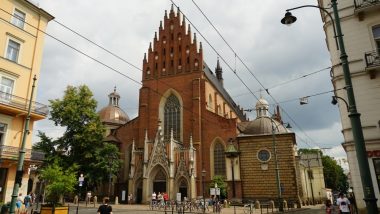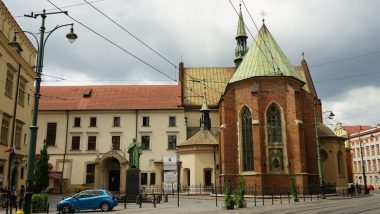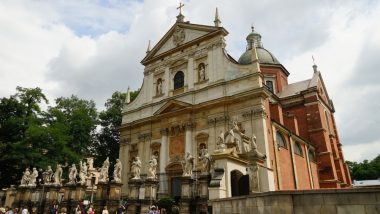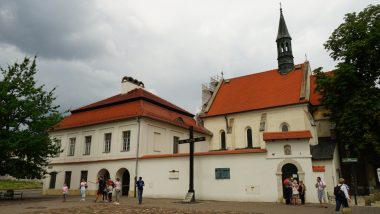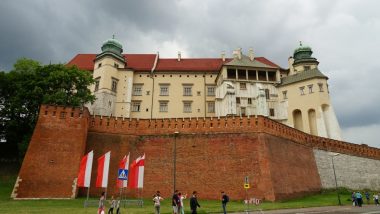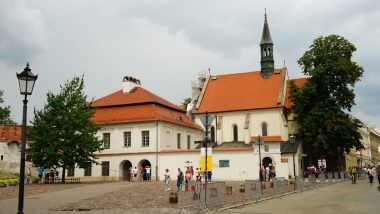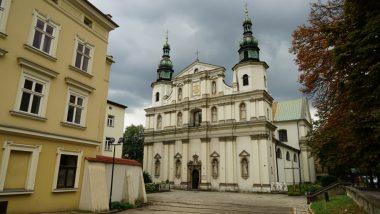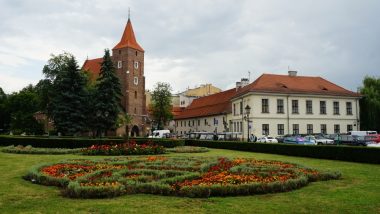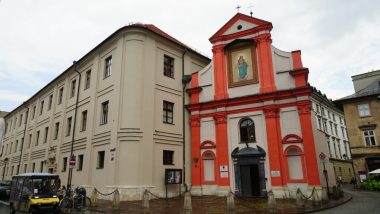Our last day we have spent in Poland’s former royal capital. Again we have parked a bit out of the historical center (Bolt 10 PLN / ride). Later we strolled around the compact city center with a rich history. Alternating themes of destruction and rebirth run throughout Kraków’s history, all the way back to the 13th century when marauding Tatars sacked the city and pierced the town crier’s throat with an arrow. A century later, Kraków was back on top as Poland’s capital and then dashed again in the 16th century when the capital moved to Warszawa. In more recent times, Kraków re-emerged after WWI only to be occupied by Nazi Germany 20 years later. The Historic Centre of Kraków, the former capital of Poland, is situated at the foot of the Royal Wawel Castle. The 13th-century merchants’ town has Europe’s largest market square and numerous historical houses, palaces, and churches built in all of the great European architectural styles – Romanesque, Gothic, Renaissance, baroque, and art nouveau. Further evidence of the town’s fascinating history is provided by the remnants of the 14th-century fortifications and the medieval site of Kazimierz with its ancient synagogues in the southern part of town, Jagellonian University, and the Gothic cathedral where the kings of Poland were buried. No accounting of Kraków’s charms would be complete without a nod toward the culinary. We took our last dinner on the main square – Žurek soup (sour rye soup traditionally made during Easters – it is a creamy, smoky, garlicky, and tiny bit sour in taste with slices of sausage) and Kotlet Schabowy (breaded pork cutlet) with mashed potatoes. And of course, we tried two Żywiec’s – popular local pale lager beer.
Krakow – parking location: 50.0601640N 19.9668000E


